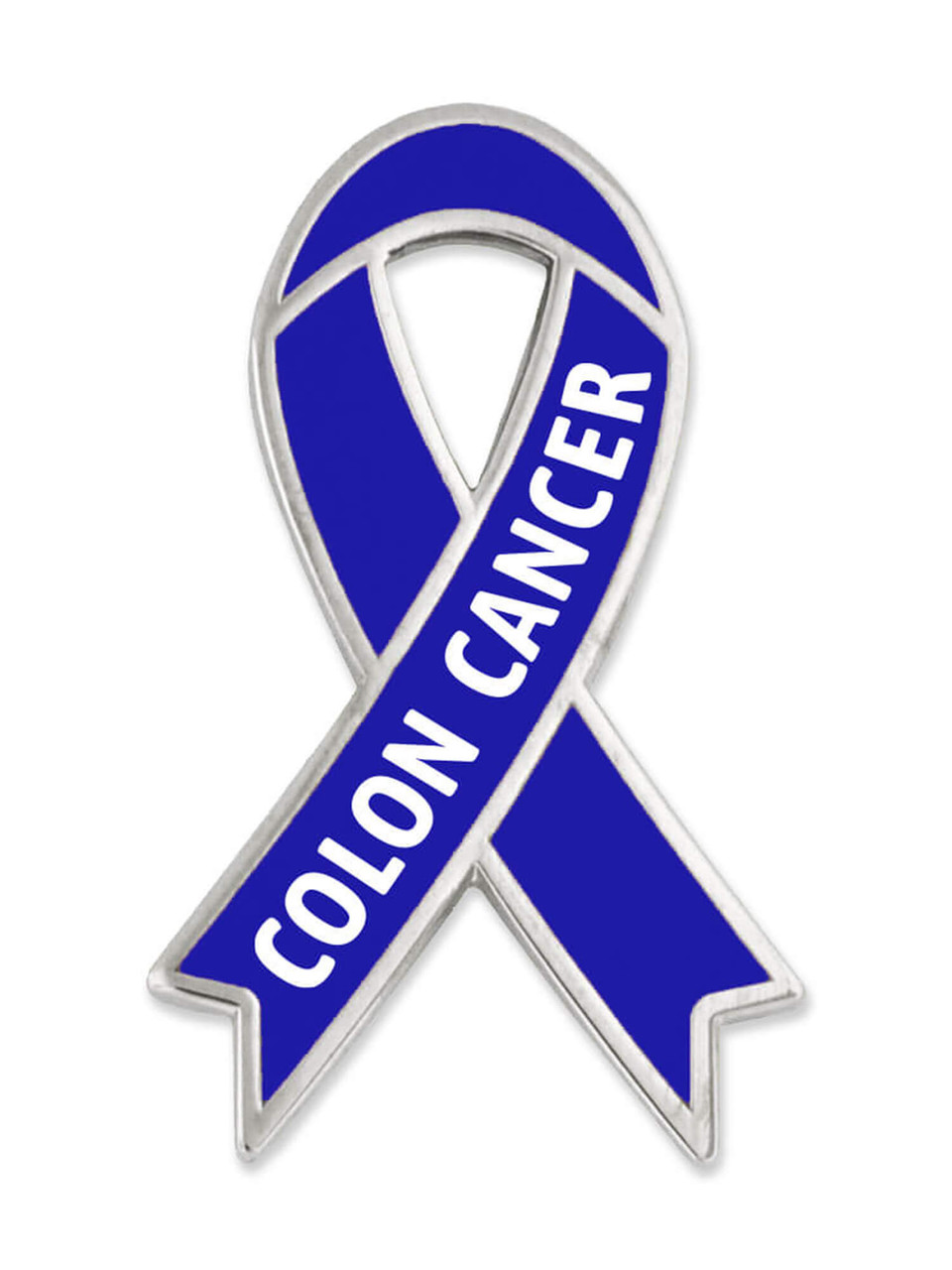12+ Ways To Heal Faster After Smoking

The journey to recovery from smoking is a commendable step towards regaining health and well-being. Quitting smoking is the first and most crucial step, but the road to complete healing and recovery can be long and challenging. Fortunately, there are several strategies and techniques that can help accelerate the healing process. Here are 12+ ways to heal faster after smoking:
1. Stay Hydrated
Drinking plenty of water is essential for flushing out the toxins released by the body as it heals from the effects of smoking. Hydration helps in replenishing the body’s fluids, which can become depleted due to the diuretic effects of nicotine. Additionally, water helps in keeping the skin healthy and improving the appearance, which can suffer due to smoking.
2. Nutritional Balance
Eating a balanced diet rich in fruits, vegetables, whole grains, and lean proteins is vital for healing. These foods provide essential vitamins, minerals, and antioxidants that help in fighting off the oxidative stress caused by smoking. Particular nutrients such as vitamin C, found in abundance in citrus fruits and leafy greens, can help in repairing damaged tissues and boosting the immune system.
3. Exercise Regularly
Physical activity is a potent healing tool. Exercise helps in improving lung function, enhancing cardiovascular health, and reducing the risk of smoking-related diseases like heart disease and certain types of cancer. Even moderate exercise, such as brisk walking for 30 minutes a day, can significantly contribute to the healing process.
4. Mindfulness and Stress Reduction
Smoking cessation can lead to stress and anxiety, which can hinder the healing process. Practicing mindfulness through meditation, yoga, or deep breathing exercises can help manage stress, improve mood, and reduce the craving for cigarettes. These practices also promote overall well-being and can aid in healing by reducing inflammation and improving immune function.
5. Get Enough Sleep
Adequate sleep is crucial for the body’s repair and healing processes. During sleep, the body produces cytokines, which are proteins that help fight off infections and inflammation. Smoking cessation can sometimes disrupt sleep patterns, so establishing a consistent sleep schedule and creating a sleep-conducive environment can help in getting quality rest.
6. Avoid Secondhand Smoke
Continued exposure to secondhand smoke can hinder the healing process and increase the risk of respiratory infections and other complications. Avoiding environments where people are smoking and encouraging friends and family to quit or smoke outside can help minimize exposure.
7. Consider Supplements
Certain supplements like vitamin C, omega-3 fatty acids, and antioxidants can help in the healing process by reducing inflammation, improving heart health, and boosting the immune system. However, it’s essential to consult with a healthcare provider before starting any new supplements to ensure they won’t interact with any medications or have adverse effects.
8. Breathing Exercises
Practicing deep breathing exercises can help improve lung function and increase oxygen saturation in the body. Techniques such as diaphragmatic breathing can strengthen the diaphragm and improve the efficiency of gas exchange in the lungs, which can be particularly beneficial for individuals recovering from smoking.
9. Support Groups
Joining a support group or talking to a counselor can provide emotional support and practical advice during the recovery process. Sharing experiences with others who are going through similar challenges can help stay motivated and focused on the goal of complete recovery.
10. Regular Health Check-Ups
Regular visits to a healthcare provider can help monitor the healing process and catch any potential issues early. Health professionals can provide guidance on nutrition, exercise, and stress management tailored to the individual’s needs and health status.
11. Quit Smoking Aids
For some, using quit smoking aids like nicotine replacement therapy (NRT), prescription medications, or alternative therapies like acupuncture can help manage withdrawal symptoms and reduce cravings, making the healing process smoother.
12. Stay Positive and Patient
Healing from the effects of smoking takes time, and it’s essential to be patient and stay positive. Celebrating small milestones along the way can help keep motivation high. Understanding that setbacks are a part of the process and seeking help when needed can ensure a steady progression towards better health.
Additional Tips for Faster Healing
- Herbal Remedies: Certain herbs like ginger, turmeric, and ginseng have anti-inflammatory properties that can aid in the healing process.
- Aromatherapy: Essential oils like eucalyptus and peppermint can help in easing respiratory issues and improving mood.
- Keep Busy: Engaging in hobbies or activities that require full attention can help distract from cravings and contribute to an overall sense of well-being.
Conclusion
Quitting smoking and embarking on the journey to recovery is a significant step towards regaining health and improving quality of life. By incorporating these strategies into daily life, individuals can accelerate their healing process and minimize the risk of complications. Remember, recovery is a journey, and with patience, persistence, and the right support, it’s possible to overcome the challenges posed by smoking and achieve a healthier, smoke-free life.
How long does it take to fully recover from the effects of smoking?
+The time it takes to fully recover from the effects of smoking can vary significantly from person to person, depending on factors such as the length of time smoked, the number of cigarettes smoked per day, and individual health conditions. Generally, noticeable improvements in lung function and overall health can be observed within a few months to a year after quitting. However, complete recovery of lung function and reduction of smoking-related risks can take several years.
What are the most effective ways to manage cravings after quitting smoking?
+Effective management of cravings after quitting smoking often involves a combination of strategies. Nicotine replacement therapy (NRT), prescription medications, and behavioral therapies can help reduce cravings. Additionally, staying hydrated, engaging in regular physical activity, practicing relaxation techniques, and avoiding triggers can also aid in managing cravings and staying on track with smoking cessation.
Can smoking cessation lead to weight gain, and how can it be prevented?
+Smoking cessation can sometimes lead to weight gain due to increased appetite and metabolism changes. However, this can be managed through a balanced diet, regular exercise, and staying hydrated. Incorporating more fruits, vegetables, and whole grains into meals, while limiting unhealthy snacks, can help maintain a healthy weight. Engaging in physical activity, such as walking or jogging, for at least 30 minutes a day can also contribute to weight management and overall well-being.

